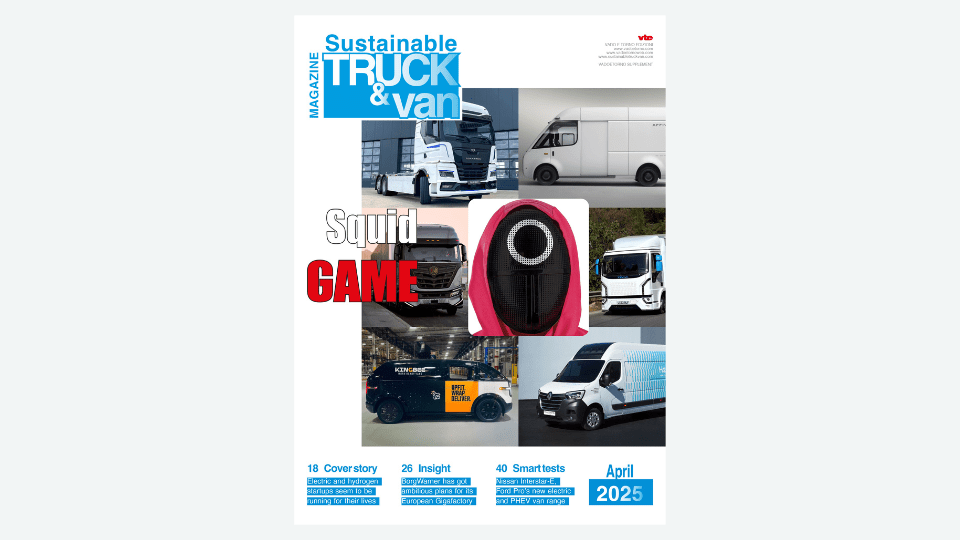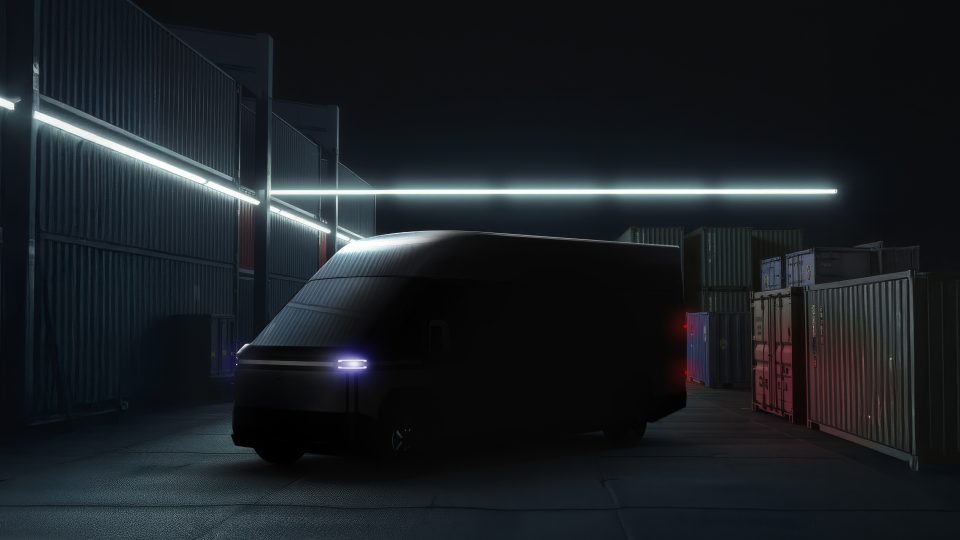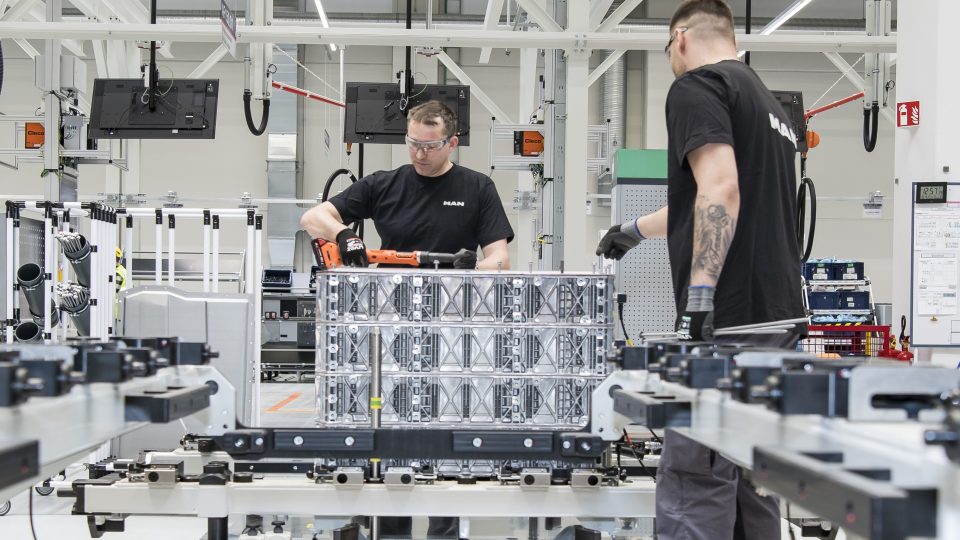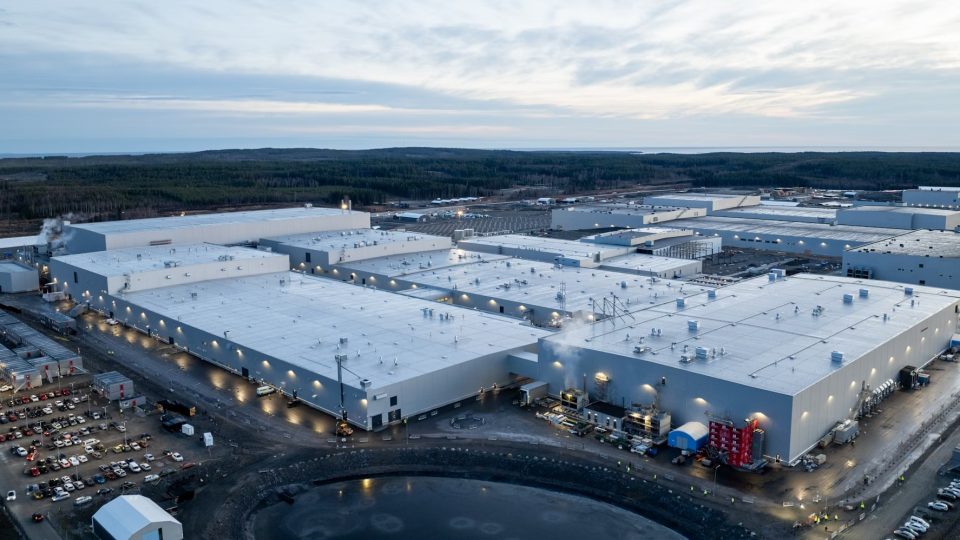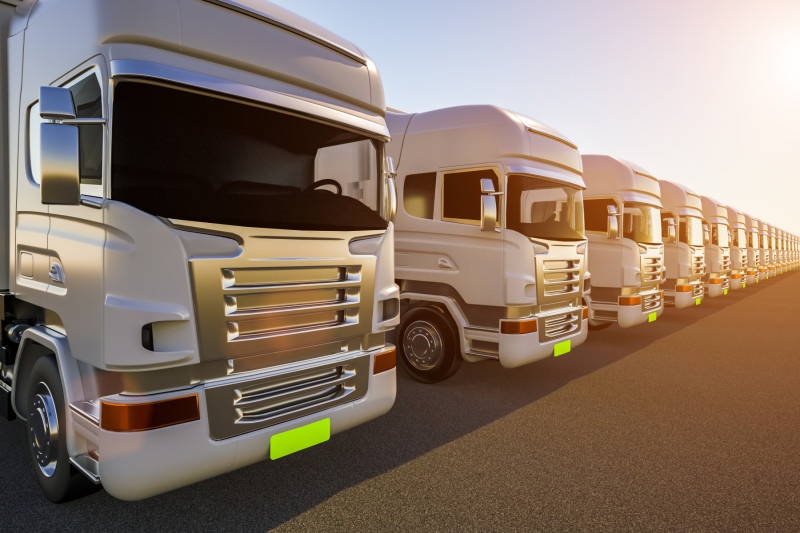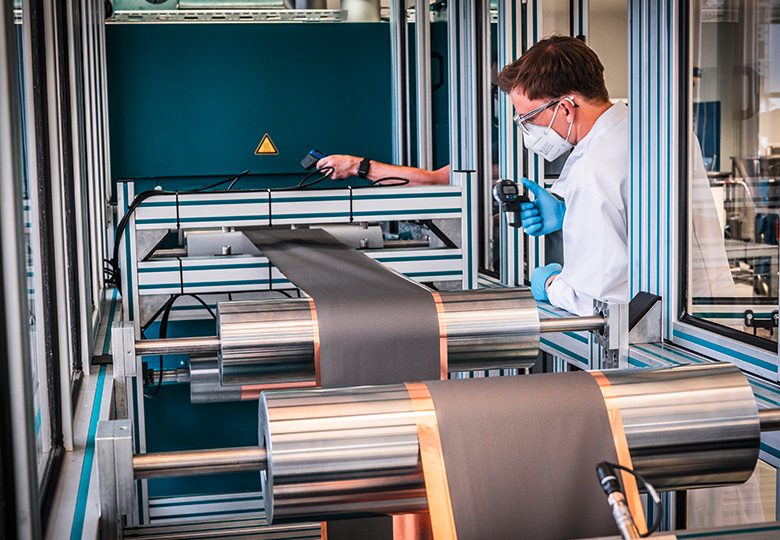SAF-Holland’s SAF TRAKr regenerative braking axle about to enter series production
The regenerative braking axle is manufactured at the SAF-Holland factory in Bessenbach in northern Bavaria. It is initially launched on the European market, before the SAF TRAKr will then also be introduced in other regions worldwide next year.
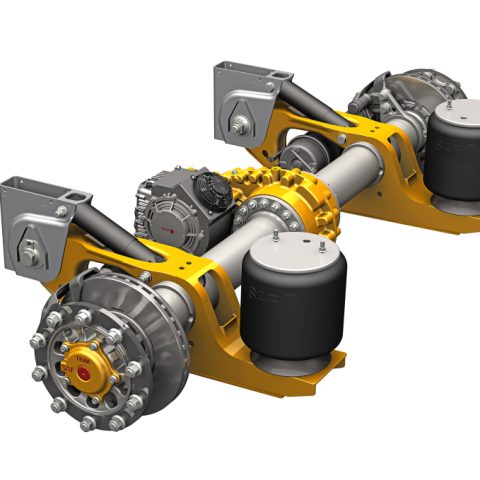
SAF-Holland’s SAF TRAKr regenerative braking axle, one of the highlights of the company’s participation in the upcoming IAA Transportation in Hanover, is about to enter series production. SAF-Holland announced the successful completion of the preliminary development stages, with pre-production that started in June 2022 in Bessenbach.
“We see great opportunities for electrified trailer axles here: they reduce CO2 and noise emissions and meet legal requirements, for example for night-time refrigerated transports on inner city routes. The electric axles also cater to the industry trend towards greener transport”, commented Olaf Drewes, Director Group Innovation EMEA at SAF-HOLLAND.
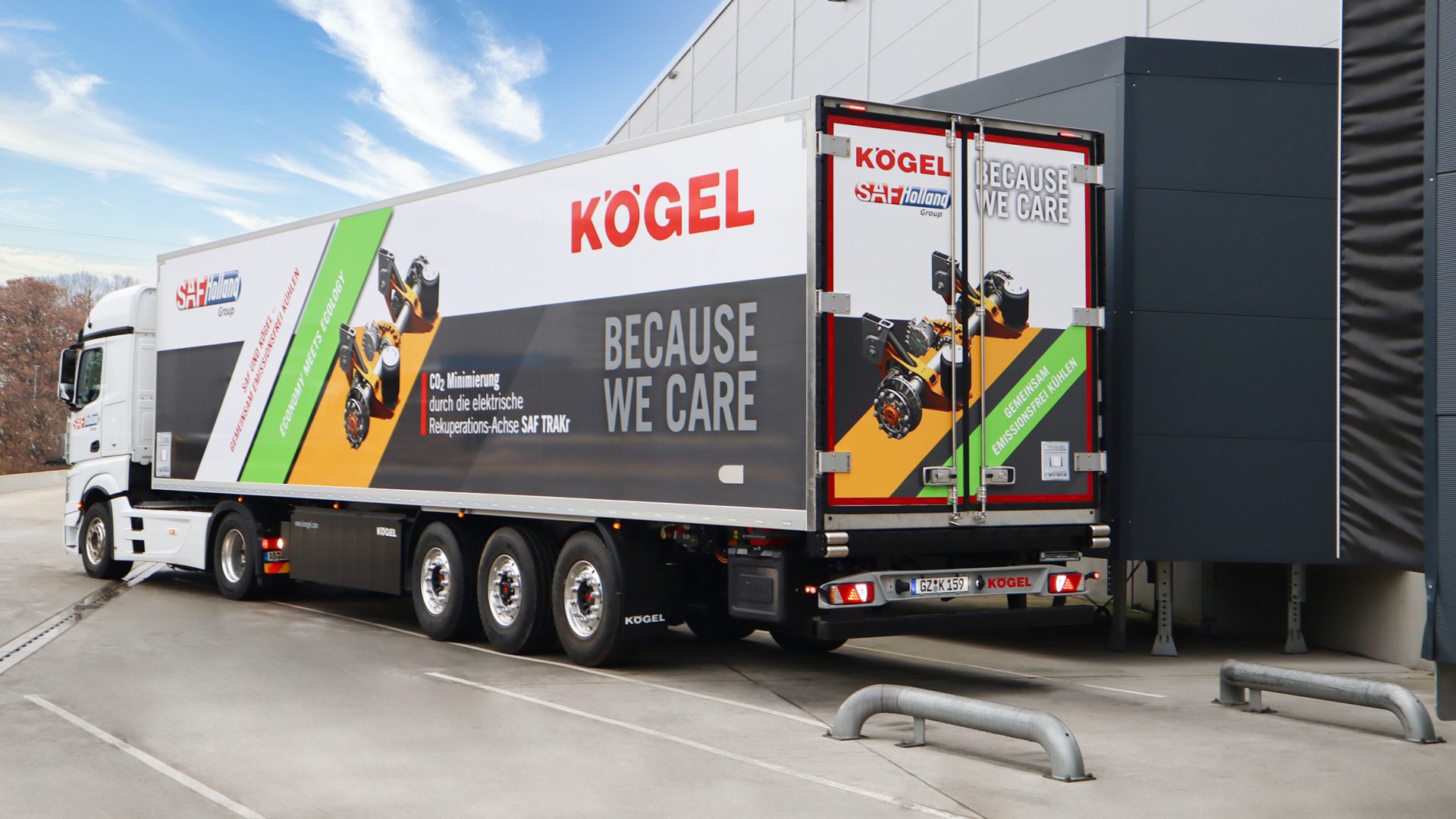
Technical details of the SAF TRAKr regenerative braking axle
The SAF TRAKr trailer axle uses regenerative braking to lower the emissions and fuel consumption of the overall vehicle. To do this, the centrally positioned high voltage generator unit converts the kinetic energy of the trailer into electrical energy. The generated energy is stored in a Li-ion battery and then used to run the electrical units in the trailer, such as the refrigeration units, on electricity alone.
The main areas of application are refrigerated semi-trailers, tank trucks and silo trailers. For the drivers, the purely electrical operation of the refrigeration unit provides appreciable added comfort on the road, as they are exposed to significantly lower noise emissions. The regenerative braking axle is manufactured at the SAF-Holland factory in Bessenbach in northern Bavaria. It is initially launched on the European market, before the SAF TRAKr will then also be introduced in other regions worldwide next year.



